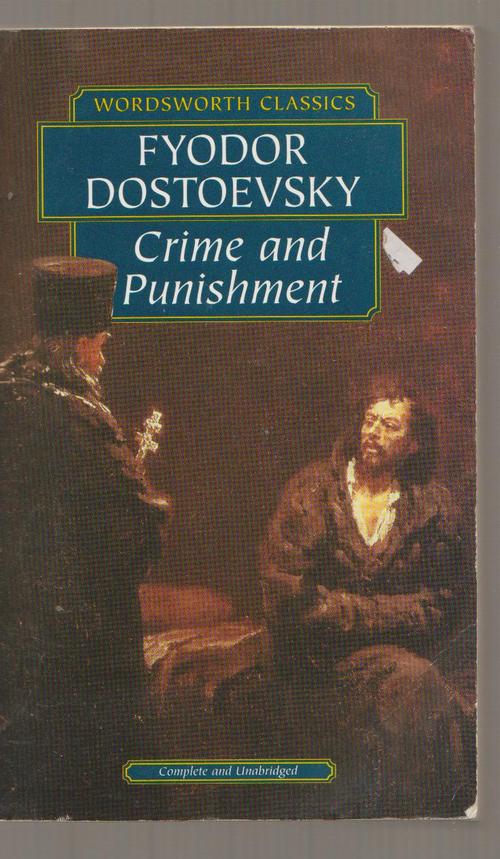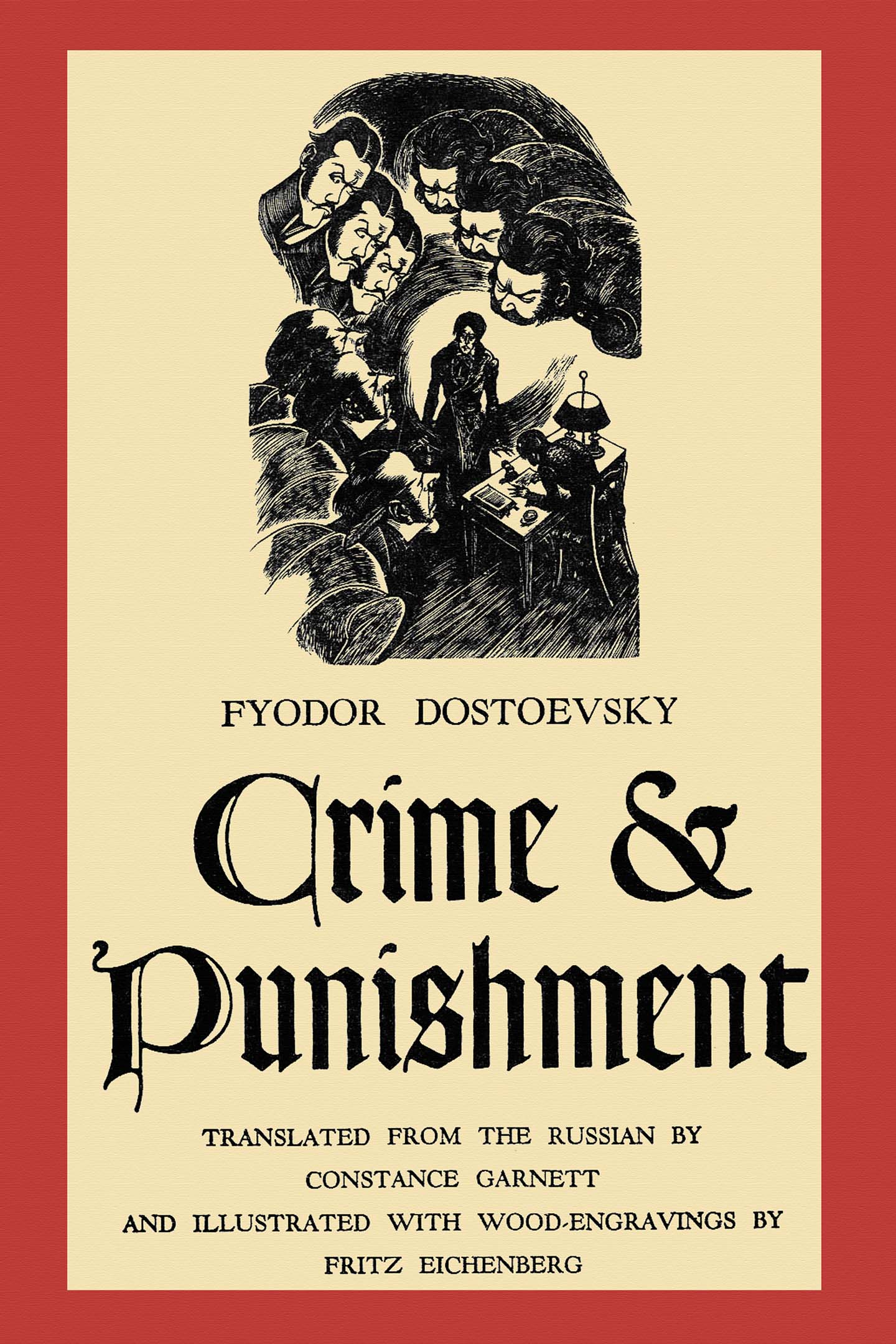



While some praised the work as one of the extraordinary excellence others described it as incoherent and inartistic. “ Crime and Punishment” was published in a serialized version in the “ Russian Herald” from January to October of 1866. It was translated into English in 1886 to mixed critical reaction. In a letter he wrote to his friend, Baron Vrangel, in 1865, he admitted he wasn’t pleased with the form this earlier version took and so was writing according to a new form and plan that had captivated him. The new version saw changes in the supposed motivations for Raskolnikov’s crime, as well as the role of characters like Sonia. Dostoevsky eventually discarded his first draft of the novel that intended to explore a psychological account of crime in favor of incorporating the story of “ The Drunkards“- namely the plot involving Marmeladov and Sonia-while also shifting the point of view from the first-person confessions of an imprisoned narrator to a third-person view. The idea for “ Crime and Punishment” first came to Dostoevsky in a raw and vague form when he was in prison in Siberia. By the time of his release during his time abroad in an effort to escape his creditors in July 1865, Dostoevsky had already put in place plans to develop this idea of a psychological account of crime into a novel.Īt about the same time he also began work on the scourge of drunkenness in society titled “ The Drunkards“.

Nihilistic in outlook, these new radicals held ideas that Dostoevsky was fundamentally in opposition to, given his own subscription to the legality of the monarchy, the Russian Orthodox church, and other relics of the old and traditional Russian institutions that the new radicals sought to abolish. Dostoevsky wrote ‘Crime and Punishment’ partly to show how defective these ideas were. A number of intellectuals had rejected conventional morality and important traditional institutions in favor of a rational egoist, socialist utopian, and utilitarian philosophy. Petersburg Russian society after his return from prison. ‘Crime and Punishment’ was conceived as a philosophical response to the radical ideas Dostoevsky comes back to witness within the St. Although he went to prison for being part of a radical intellectual group in Russia, the prison experience deeply affected his outlook on life and he located genuine progress this time with traditional Slavic values of brotherhood, rather than Western individualism and subsequent nihilism. Fyodor Dostoevsky’s ‘ Crime and Punishment‘ reflected his passionate response to the infiltration of ideas he deemed dangerous from Western Europe into Russia.


 0 kommentar(er)
0 kommentar(er)
